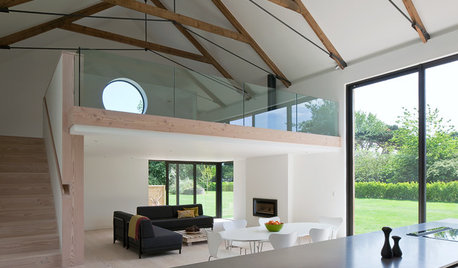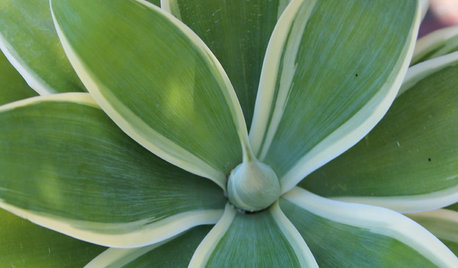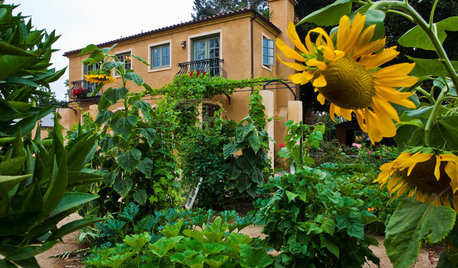Dumb Idea! Tomato Planting Depth
lovetogarden
10 years ago
Related Stories

EDIBLE GARDENSSummer Crops: How to Grow Tomatoes
Plant tomato seedlings in spring for one of the best tastes of summer, fresh from your backyard
Full Story
ARCHITECTUREHouzz Tour: Fresh Ideas in a Former Tomato Packing Shed
A formerly metal-clad structure is now a beautiful wood home designed to capture the light and preserve open space
Full Story
FARM YOUR YARDHow to Build a Raised Bed for Your Veggies and Plants
Whether you’re farming your parking strip or beautifying your backyard, a planting box you make yourself can come in mighty handy
Full Story
FALL GARDENINGWhy Fall Is the Best Time for Planting
Spring is overrated for planting. Starting plants in autumn has advantages for both garden and gardener
Full Story
GARDENING GUIDES10 Easy Edibles for First-Time Gardeners
Focus on these beginner-friendly vegetables, herbs, beans and salad greens to start a home farm with little fuss
Full Story
GARDENING GUIDESCommon Myths That May Be Hurting Your Garden
Discover the truth about fertilizer, soil, staking and more to keep your plants healthy and happy
Full Story
CALIFORNIA GARDENINGCalifornia Gardener's April Checklist
Outsmart droughts with water-savvy plants and sustainable approaches that suit the landscape
Full Story
GARDENING GUIDESAttract Hummingbirds and Bees With These Beautiful Summer Flowers
Roll out a welcome mat for pollinators to keep your landscape in balance and thriving
Full Story
MOST POPULARHow to Start a Cool-Season Vegetable Garden
Late summer and late winter are good times to plan and plant cool-season crops like salad greens, spinach, beets, carrots and peas
Full Story
REGIONAL GARDEN GUIDESTexas Gardener's April Checklist
Get your sowing and planting on — spring brings a tantalizing array of possibilities in the garden
Full StorySponsored
More Discussions






containerted
lovetogardenOriginal Author
Related Professionals
Forest Acres Landscape Architects & Landscape Designers · Bloomington Landscape Contractors · Canby Landscape Contractors · Farmington Landscape Contractors · Oklahoma City Landscape Contractors · Thonotosassa Landscape Contractors · San Pablo Landscape Contractors · Deer Park General Contractors · Palestine General Contractors · San Carlos Park General Contractors · Cedar Falls Decks, Patios & Outdoor Enclosures · Draper Decks, Patios & Outdoor Enclosures · Grandview Decks, Patios & Outdoor Enclosures · Minneapolis Decks, Patios & Outdoor Enclosures · Rantoul Decks, Patios & Outdoor Enclosuresdigdirt2
kathyb912_in (5a/5b, Central IN)
overdrive
lovetogardenOriginal Author
nugrdnnut
clorpt
seysonn
mandolls
jeffwul
Bets
CaraRose
dog_wood_2010
joeroot
jimster
northernmn
Bets
fusion_power
cooperbailey